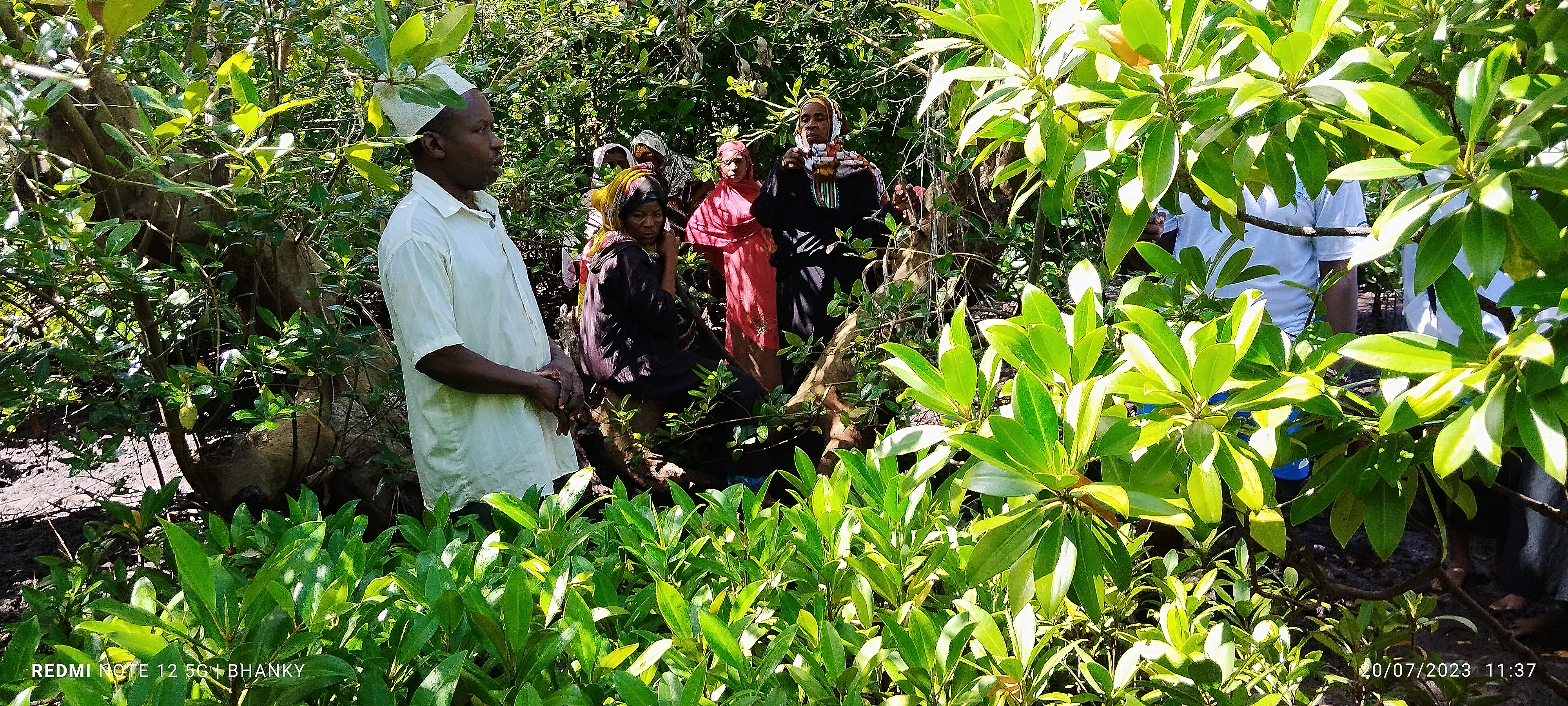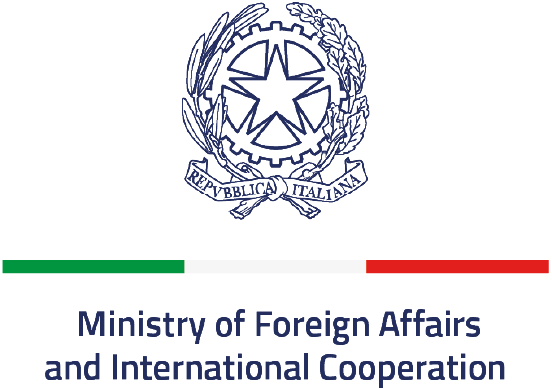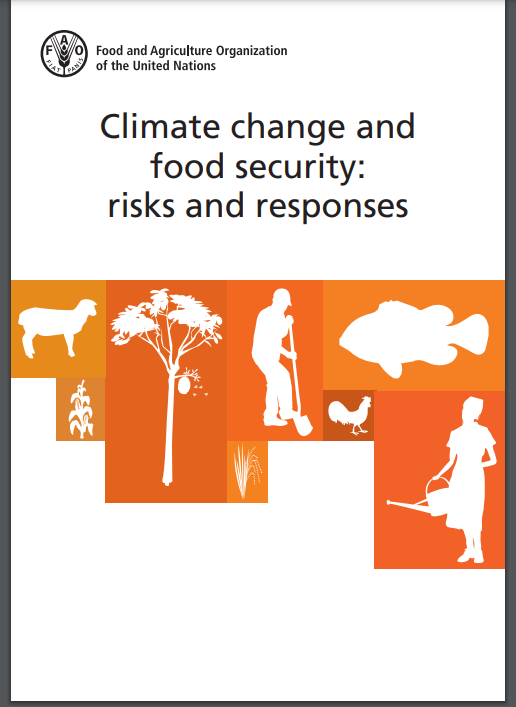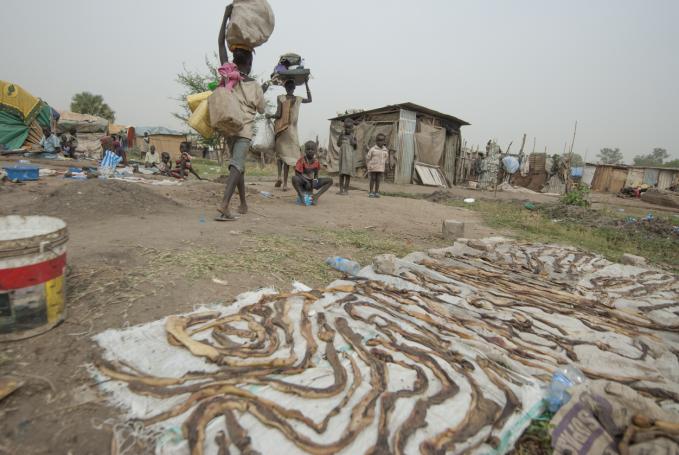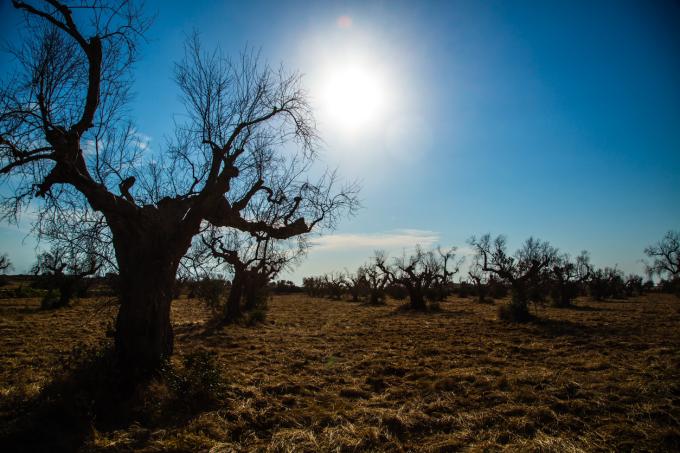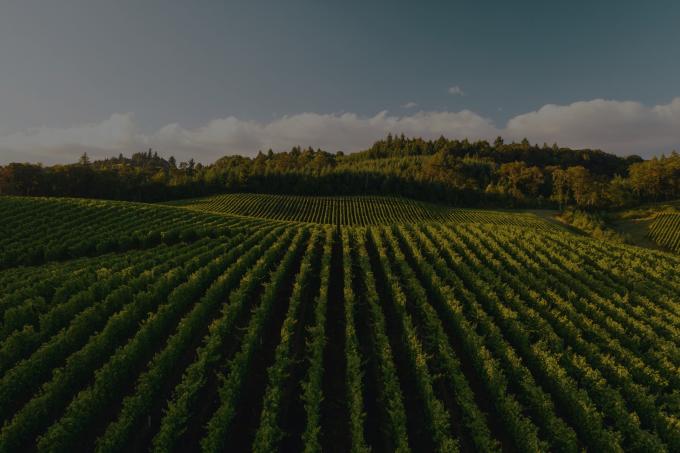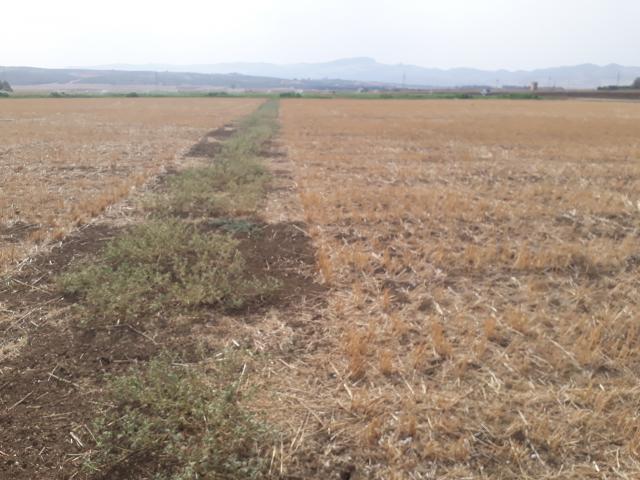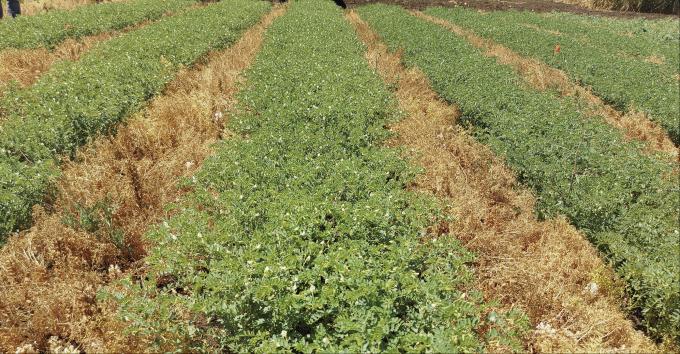Period
2019 - in progress
Zanzibar Volunteer for Environmental Conservation's practice focuses on rejuvenating the coastal community and fragile mangrove habitats of Ungujaukuu village. Rooted in community collaboration, this initiative has seen the planting of over 2 million mangrove seedlings, promoting biodiversity recovery and building resilience to the adverse effects of climate change. Challenges remain, notably limited resources, which hamper effective monitoring, and the ongoing threat of illegal mangrove deforestation. The success of the practice is evident in the visible recovery of biodiversity, increased community engagement and the emergence of alternative income-generating activities. It's laying the foundations for a sustainable future, building resilience to climate impacts while promoting economic empowerment. Ongoing challenges, particularly resource limitations and continued illegal deforestation, highlight the need for continued innovation and community-driven conservation efforts. However, this practice stands as a beacon of successful community-driven environmental initiatives and offers a replicable model for coastal communities facing similar challenges.
You must be registered to see all the content
Identification needs
The community in Ungujaukuu village has seen a decline in fishing. They often spend a lot of time at sea without catching enough to sell. Rising sea temperatures affect coral reefs, which are important breeding grounds, nurseries and habitats for many species of fish. In addition, rising temperatures are driving fish into deeper waters that are inaccessible to local fishermen. In addition, the degradation of mangrove forests has had a significant impact on these habitats, exacerbating the effects of climate change and, in turn, the fisheries sector. The decline in fish catches has been linked to the destruction of nursery and breeding grounds for a variety of marine species. In addition, the speed of the water has increased in recent years. Elders say that in previous years it was possible for local authorities to fund traditional activities in the village, but this is no longer possible. The seasonal closure allowed the community to harvest a lot of fish when the season reopened, and the money collected was used to support traditional activities or provide resources for the local kindergarten.
Stakeholder change
The first step in our approach was to identify the problems facing the community and explore the possibility of engaging in mangrove conservation through meetings with the village community and the local leader. Approximately 100 men and women in Ungujaukuu village are involved in mangrove conservation and restoration as volunteers. However, the aim is to involve more young people in this initiative. Involving young people in this initiative would increase the effectiveness and long-term sustainability of our efforts. In addition, youth are more mobile and can play a crucial role in spreading awareness and educating others about the importance of mangrove conservation. So far, two football teams have agreed to join ZAVECO.
Change triggered
This practice can be replicated elsewhere where there is agreement and commitment to the conservation of mangrove ecosystems. The involvement of the local community surrounding the resources is crucial to the successful implementation of a restoration project. It is essential to involve the community at every stage of the project, from the initial process of planning and implementation to ongoing monitoring, resource mobilisation and benefit sharing. An important outcome of involving the communities living near these mangrove ecosystems is an increased understanding of the importance of mangrove ecosystems in their daily lives, particularly from the perspective of climate change adaptation and mitigation. Their perceptions and attitudes towards mangroves have changed. They have realised that there are several sustainable ways in which communities can engage in using and benefiting from mangrove forest ecosystems. Inadequate resources for restoration and monitoring limit successful mangrove restoration and hinder effective monitoring, especially in remote areas that are inaccessible on foot. There is a need to involve the community in collecting data that will help in monitoring and evaluating the success of the project. As a small NGO, ZAVECO is limited in this capacity. Ongoing destruction of mangrove ecosystems is due to the fact that some people in the community are deliberately cutting down mangroves, which is an illegal practice. However, due to the lack of patrol facilities such as boats, it is very difficult to detect signs of this activity until the damage has been done. In addition, this ongoing destruction reduces the enthusiasm and efforts of the local community to continue conservation efforts.
Short description
The practice is feasible. If the local community is willing to be involved, it is easy to learn and also fun. Recommendation: Involve the local community in every aspect of the initiative. A preliminary survey of the area is necessary before undertaking any mangrove planting, as sometimes planting may not be necessary. If possible, you can agree with the community to allow the mangrove ecosystem to regenerate itself. In some cases it may be necessary to compensate the community for their time and effort. Compensation can take the form of cash payments or information on sustainable income-generating activities such as bee-keeping. Addressing the root causes of degradation is also necessary as well as assessing why people keep cutting down trees.
